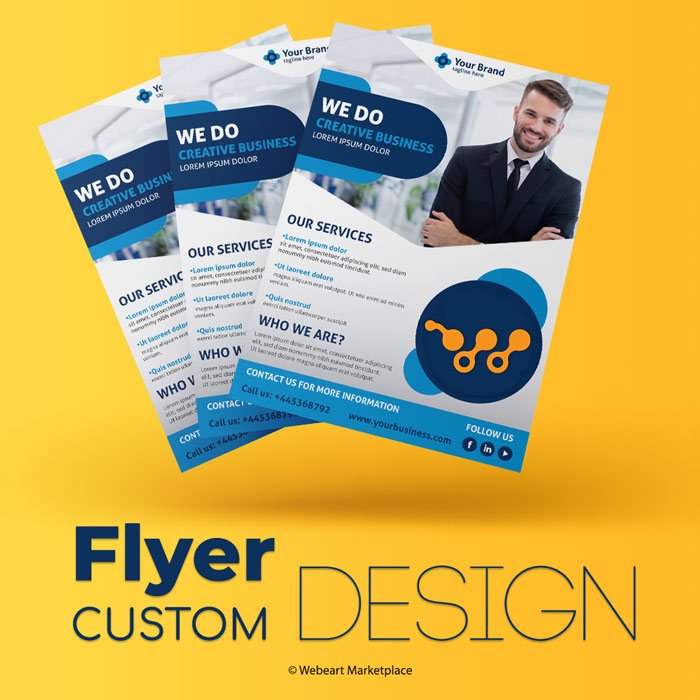
Stationery Custom Design
- Define Purpose and Audience
- Consistent Branding
- Choose Quality Materials
- Logo and Contact Information
- Typography
- Whitespace
- Color Palette
- Imagery and Graphics
- Layout and Grid
- Unique Touches
- Versatility
- Personalization
- Print-Friendly Design
- Testing
- Envelope Design
- Digital Version
- Feedback
$379.00
- Strong hook
- Brand awareness
- Visuals
- Testimonials
- Call to action
- Keep it short
- Pick a tight focus
- Final thoughts
Price is in CAD dollars
Designing custom stationery allows you to convey a unique brand identity, whether for personal use or business purposes. Here are some tips for creating a distinctive and effective custom stationery design:
1. Define Purpose and Audience:
- Clarify the purpose of your stationery (e.g., business correspondence, personal letters) and identify your target audience.
2. Consistent Branding:
- For business stationery, maintain consistency with your brand colours, fonts, and logo.
- Personal stationery can reflect your style and preferences.
3. Choose Quality Materials:
- Select high-quality paper, envelopes, or cards for a professional or luxurious feel.
- Consider eco-friendly options if sustainability is important to you or your brand.
4. Logo and Contact Information:
- Include your logo and essential contact information for business stationery.
- Personal stationery might include your name and a personal emblem or monogram.
5. Typography:
- Choose readable and complementary fonts.
- Experiment with font sizes and styles for headers and body text.
6. Whitespace:
- Embrace whitespace for a clean and sophisticated look.
- Avoid overcrowding your design with too many elements.
7. Color Palette:
- Use a consistent colour palette that aligns with your brand or personal style.
- Consider the psychological impact of colours on the recipient.
8. Imagery and Graphics:
- Incorporate relevant images or graphics that enhance your stationery’s theme.
- Ensure any visuals align with the tone and purpose of your communication.
9. Layout and Grid:
- Establish a clear and organized layout.
- Use a grid system to align elements for a polished appearance.
10. Unique Touches:
- Add unique elements like embossing, foiling, or die-cutting for a special touch.
- Consider custom illustrations or patterns.
11. Versatility:
- Ensure your stationery design is versatile and can be used for various occasions or types of communication.
12. Personalization:
- If applicable, personalize your stationery with handwritten elements or signatures.
- Include personalized touches that resonate with the recipient.
13. Print-Friendly Design:
- Design your stationery with printability in mind.
- Choose a file format that ensures high-quality printing.
14. Testing:
- Test your design by printing a sample to check for colour accuracy and overall appearance.
- Make adjustments as needed.
15. Envelope Design:
- If your stationery includes envelopes, consider a matching design or unique envelope liners.
16. Digital Version:
- Create a digital version of your stationery for electronic communications, if applicable.
17. Feedback:
- Seek feedback from colleagues, friends, or intended recipients.
- Use constructive feedback to refine your design.
Whether you’re designing stationery for personal use, weddings, or business communications, a thoughtful and well-designed stationery set can leave a lasting impression.







